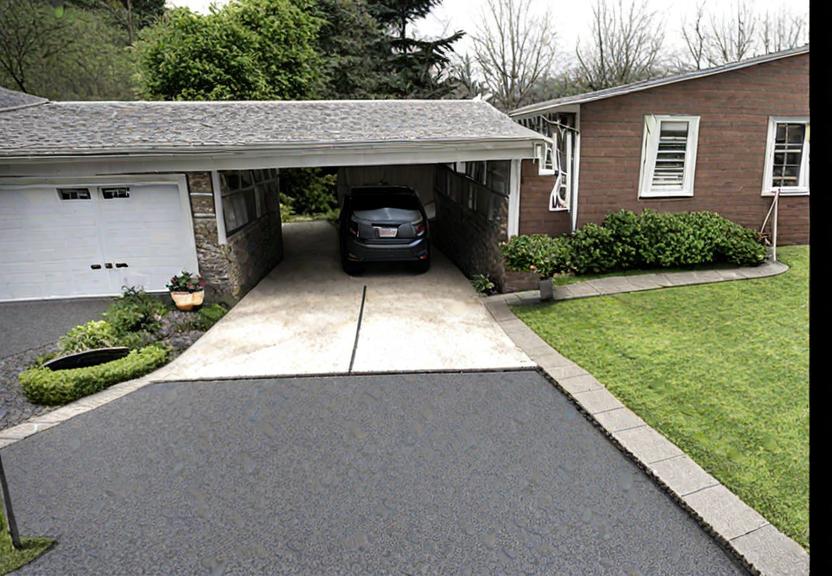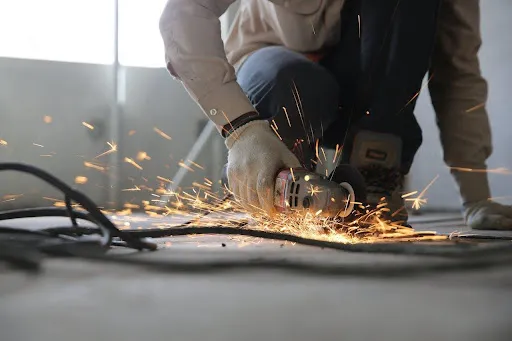When designing a commercial space, it’s easy to overlook the restroom. After all, you’ll likely only be using it yourself.
And yet, this often means that these restrooms lack both usability and style. A beautiful lobby or waiting room is certainly important, but a visitor will spend far more time in the restroom.
So what should you consider when you’re designing a commercial restroom? Here are some essential elements to keep in mind.
ADA Regulations and Design Considerations
This requires that at least 5% of all fixtures and spaces be made accessible to those with disabilities. This includes measurements such as an entry width of 32”, handrails and grab bars, toilet height of 17-19”, and an exit door width of 48” minimum. Additional elements an all-gender restroom sign, and hookless shower or curtain can make a restroom more inviting to all populations.
Maximize Space and Transparency
Start by planning the layout on a grid, and then invest in appropriate fixtures that won’t encroach too much on the space. Consider incorporating privacy walls and screens in glass, plexiglass, and high-grade acrylic. These low-profile materials will not impede the overall flow of the restroom and will add a layer of privacy to the area.
Aim to provide comfortable space to move around, as well as a minimum of 48 inches of space between fixtures. For maximum transparency, look into automatic door closers, lighting, and inline exhaust fans. Additionally, install double-sided specialty mirrors that provide magnification on one side and a standard glass mirror on the other.
Select Accessories and Fixtures for a Professional Look
Consider elevated footprints with a uniform design for urinals and toilets, accompanied by an aesthetically pleasing motif. If a public restroom has a sink area, it should include vessels that are at a comfortable height, with a premium, touchless faucet to minimize the spread of germs, as well as soap and sanitizer dispensers.
Additionally, furnish the restroom with touchless motion detectors to provide hands-free operation of lights and utility fans, while panels and mirror covers should be designed with strong antimicrobial technology to inhibit the growth of microorganisms. Lastly, a state-of-the-art hand dryer with an intuitive, user-friendly, and high-performance system will ensure a fast and effective hand-drying experience for customers.
Enhance Hygienic Safety with Appropriate Materials
A key feature to consider is antimicrobial surfaces. Antimicrobial materials are a great investment as these surfaces can effectively inhibit or eliminate the transmission of dirt and germs. They are also generally more durable and damage-resistant than other materials.
Additionally, ample lighting should be installed to ensure guests can easily navigate their way around the restroom and identify areas that require more frequent cleaning. Finally, strategically placed hand sanitizing dispensers are essential in any commercial restroom to help promote regular handwashing and reduce the transmission of germs.
Choose The Best Style Of Commercial Restroom
Your commercial restroom design should be functional, comfortable, and stylish. Consider the type of customers you will have, the layout of your space, and the materials you’ll use to create your own unique look.
With a bit of creativity, your restroom design will be one to be proud of. Start your project today and step into a revitalized restroom tomorrow!
If you’d like to know more about other services, be sure to check out the rest of our blog.





